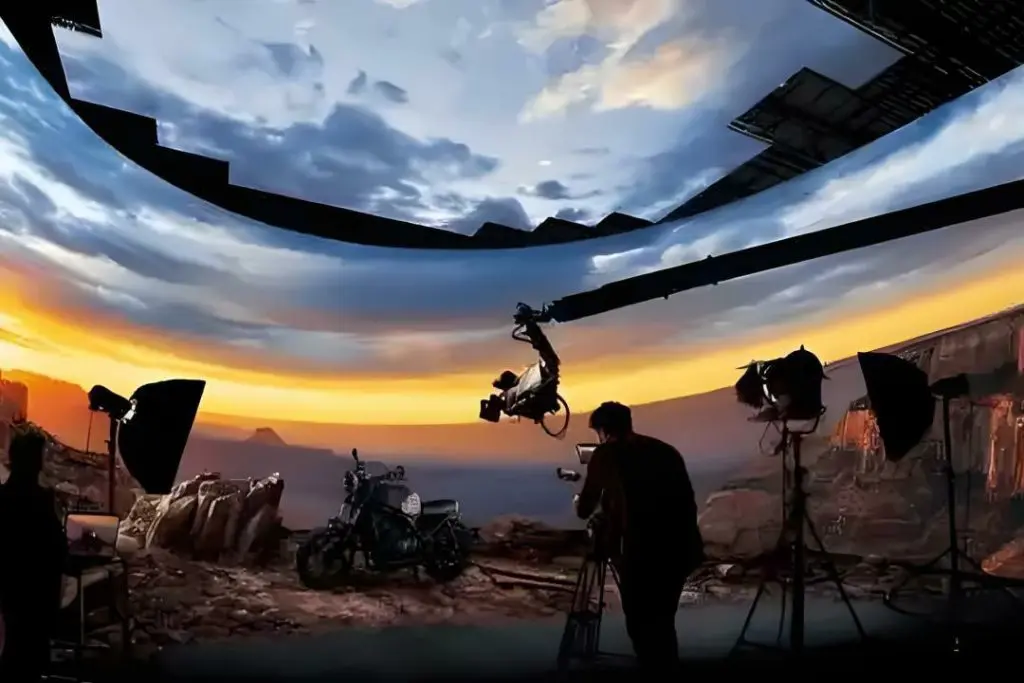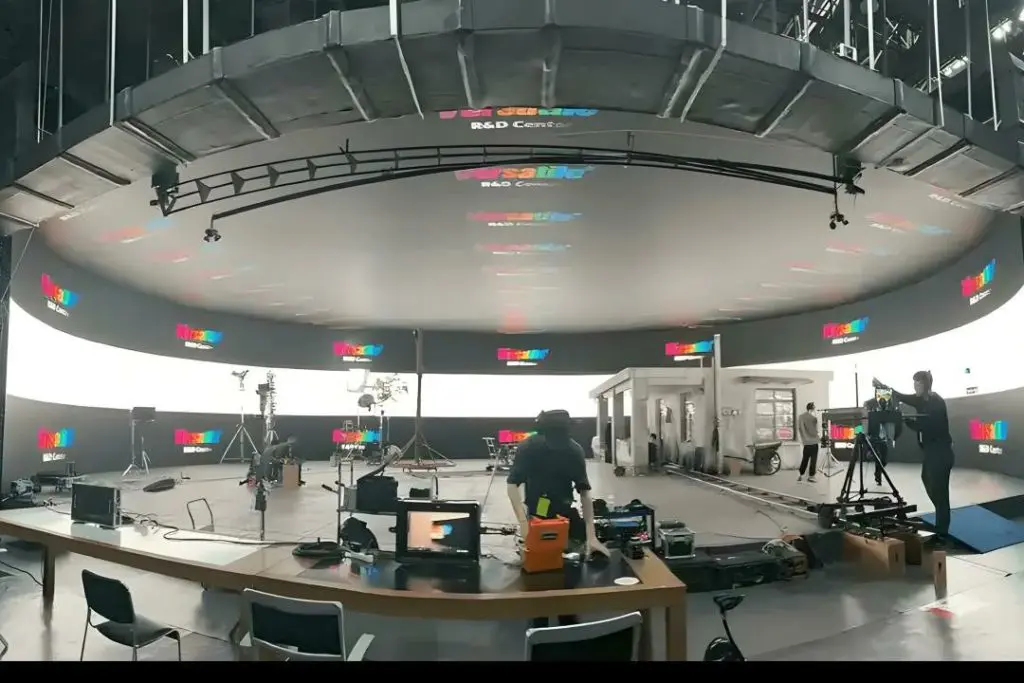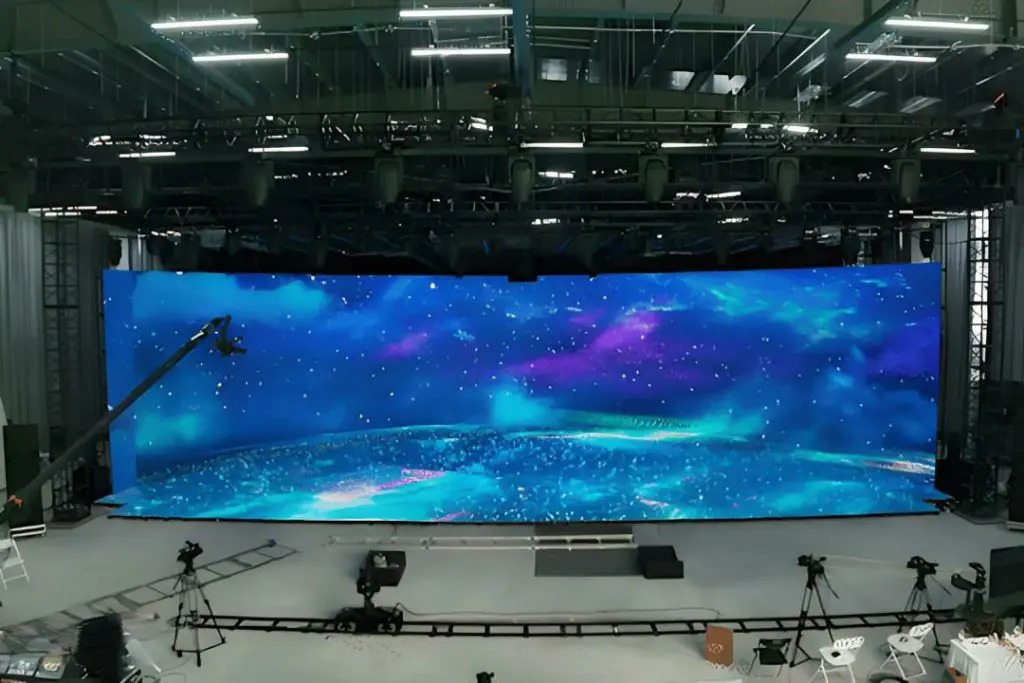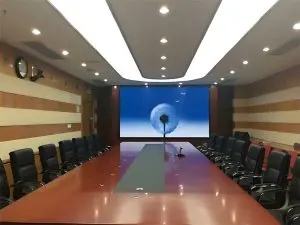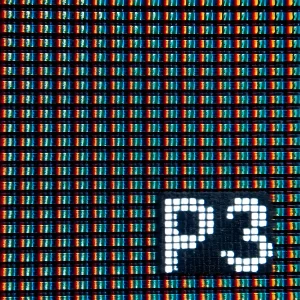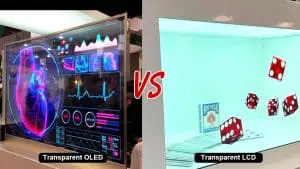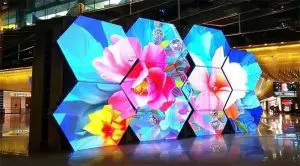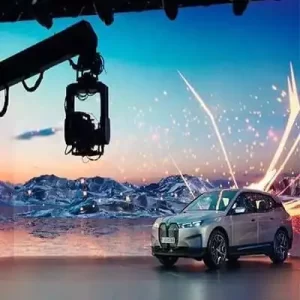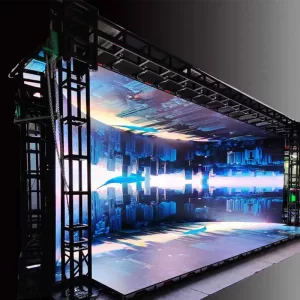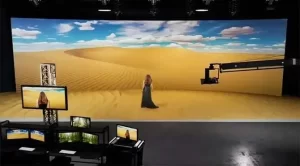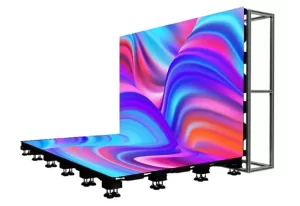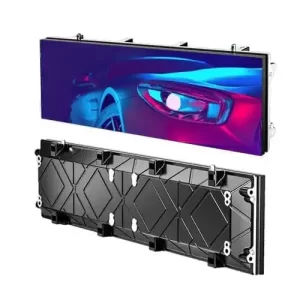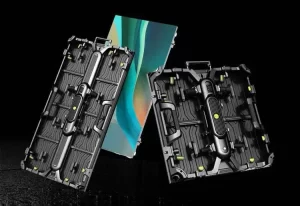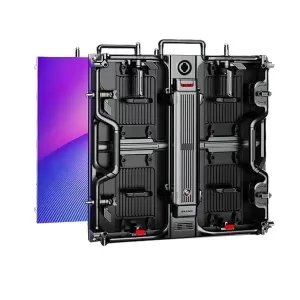A film production LED screen is an advanced digital display technology that has transformed the filmmaking process by enabling virtual production, real-time environments, and interactive lighting effects. These LED screens are used to create realistic backgrounds and immersive virtual sets, eliminating the need for physical locations or green screens. With the rise of virtual production in Hollywood and beyond, LED screens have become an essential tool for filmmakers seeking efficiency, creativity, and innovation.
What Is a Film Production LED Screen?
To start, a film production LED screen is a high-resolution digital display system made up of modular LED panels that seamlessly create an ultra-large, dynamic screen. These screens are often used in virtual production stages, where digital environments are displayed in real time behind actors and physical sets. Unlike green screens, LED screens allow filmmakers to capture realistic reflections, lighting, and backgrounds directly on camera.
Key Features of Film Production LED Screens:
- Ultra-High Resolution: Provides lifelike visuals for close-up shots and detailed environments.
- Seamless Design: Modular panels create a gap-free display, ensuring uninterrupted visuals.
- High Refresh Rate: Minimizes flickering and ensures smooth visuals for high-speed cameras.
- True-to-Life Color Accuracy: Displays vibrant, accurate colors for photorealistic backgrounds.
- Customizable Shapes and Sizes: Adaptable for curved walls, ceilings, or immersive “LED volumes.”
- Real-Time Content Playback: Integrates with rendering engines like Unreal Engine for real-time environments.
Benefits of LED Screens in Film Production
Now that we understand what a film production LED screen is, let us explore the numerous benefits it brings to modern filmmaking.
1. Real-Time Backgrounds
First and foremost, actors and directors can see and interact with the environment in real time, which enhances performance and creativity. In contrast to green screens, LED screens provide realistic reflections, shadows, and lighting on actors and props, making the scenes feel more authentic.
2. Cost and Time Efficiency
In addition, LED screens offer significant savings in both cost and time. By reducing the need for costly on-location shoots and extensive post-production compositing, filmmakers can create and adjust virtual sets instantly. This ensures faster production timelines and lower expenses.
3. Improved Lighting and Realism
Moreover, LED screens emit light that interacts naturally with the scene, providing realistic lighting and reflections. For example, dynamic environments such as sunsets or moving clouds can be replicated convincingly without additional lighting equipment.
4. Greater Flexibility
Another advantage is the flexibility LED screens offer. Virtual sets can be modified or replaced instantly, allowing filmmakers to experiment with different looks and locations. Additionally, extreme environments like deserts, space, or underwater worlds can be simulated without requiring travel or complex setups.
5. Seamless Integration with VFX
Lastly, LED screens integrate seamlessly with real-time rendering engines like Unreal Engine, creating dynamic, high-quality environments displayed on the screens. This reduces the need for extensive VFX work in post-production, streamlining the overall filmmaking process.
Applications of LED Screens in Film Production
With these benefits in mind, let’s look at the various ways LED screens are used in film production.
1. Virtual Production Stages
To begin with, LED screens are commonly used to create LED volumes, which are immersive setups combining LED walls and ceilings. These setups are ideal for creating expansive virtual environments, such as futuristic cities, alien worlds, or historical settings.
2. Interactive Lighting
In addition to creating backgrounds, LED screens provide dynamic, interactive lighting that matches the content on display. For instance, a glowing sunset on the screen will naturally illuminate the actors and set with warm tones, adding realism to the scene.
3. Action Sequences and Stunts
Furthermore, LED screens eliminate the risks and limitations of shooting on-location action scenes. Car chases, space travel, or extreme weather scenes can now be filmed safely in a controlled studio, ensuring both safety and convenience.
4. Previsualization
Another important application is previsualization. Directors and cinematographers can use LED screens to test scenes, compositions, and lighting setups in real-time before filming begins. This allows for greater accuracy and creativity in planning.
5. Hybrid Productions
Finally, LED screens can be combined with physical props and sets to create a seamless blend of real and virtual environments. This hybrid approach enhances the visual appeal while maintaining a sense of authenticity.
Key Features to Look for in Film Production LED Screens
When selecting an LED screen for film production, there are several critical features to consider. These features ensure that the screen meets the high demands of professional filmmaking.
1. Pixel Pitch
To start, the pixel pitch—the distance between two adjacent pixels—plays a vital role in determining resolution.
- Recommendations:
- P1.2–P2.5: Ideal for close-up shots and detailed environments.
- P2.5–P4: Suitable for medium and wide shots.
2. High Refresh Rate
Next, since film cameras often shoot at high frame rates, the LED screens must have a refresh rate of at least 3,840Hz to prevent flickering or banding during filming.
3. Brightness
Additionally, LED screens should have adjustable brightness to match the lighting needs of the scene.
- Recommended Brightness:
- Indoor studios: 800–1,500 nits.
- Outdoor stages: 3,000–5,000 nits (for high visibility under bright lighting).
4. True-to-Life Color Accuracy
It’s also crucial for the screens to support HDR (High Dynamic Range) and wide color gamuts (e.g., DCI-P3) for photorealistic visuals that match the director’s vision.
5. Seamless Modular Design
Moreover, the screens should have a seamless design, with no visible gaps between panels. Interruptions in the display can ruin the visual quality of footage.
6. Compatibility with Rendering Engines
Finally, compatibility with real-time rendering engines like Unreal Engine, Unity, or Disguise Systems is essential for dynamic and interactive content playback.
Cost of Film Production LED Screens
Let’s now discuss the costs associated with film production LED screens. The total cost depends on the screen’s size, resolution, and features. Below are general price ranges:
| Screen Type | Pixel Pitch | Cost per m² (USD) | Best Use |
|---|---|---|---|
| LED Volume (Curved Wall) | P1.5–P2.5 | $2,500–$5,000 | Immersive virtual sets. |
| Flat LED Wall | P2–P3 | $2,000–$4,000 | Backgrounds, previsualization. |
| Ceiling LED Panels | P2.5–P4 | $2,500–$4,500 | Overhead lighting and effects. |
Famous Productions Using LED Screens
To illustrate the impact of LED technology in filmmaking, let’s look at some notable productions:
- The Mandalorian: Pioneered virtual production with LED volumes powered by Unreal Engine.
- Thor: Love and Thunder: Filmed several scenes using LED technology to create immersive worlds.
- Dune: Used LED screens for desert scenes, ensuring realistic lighting and reflections.









